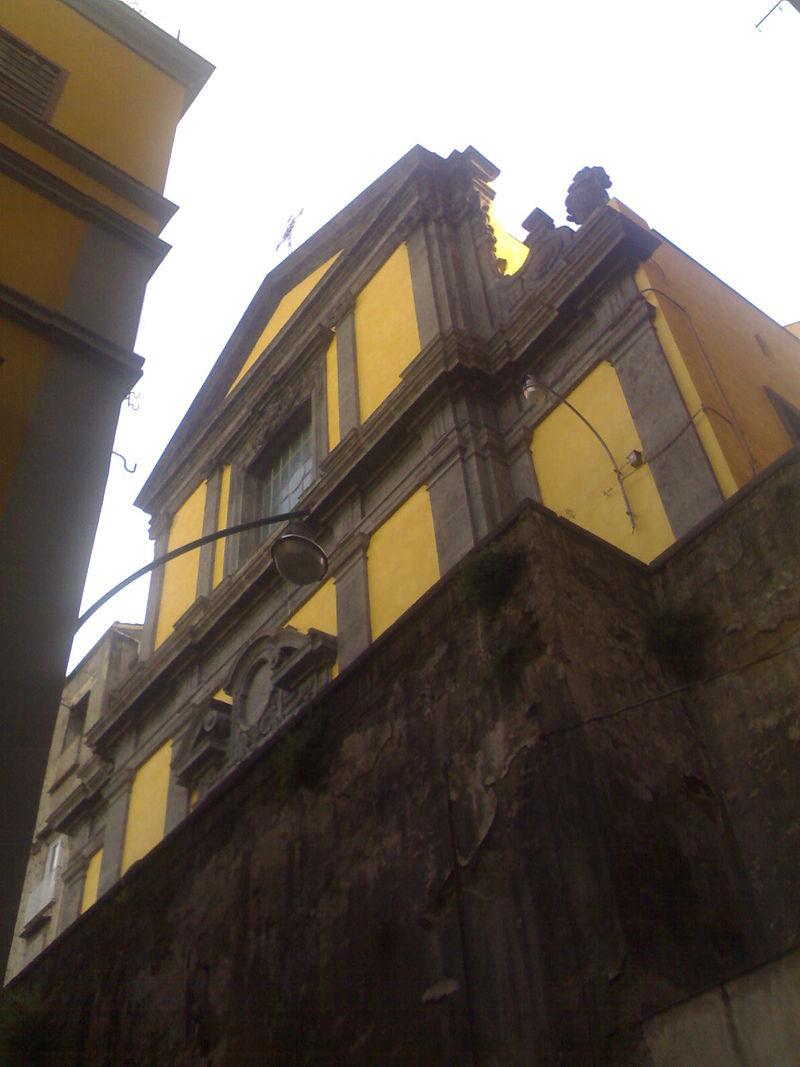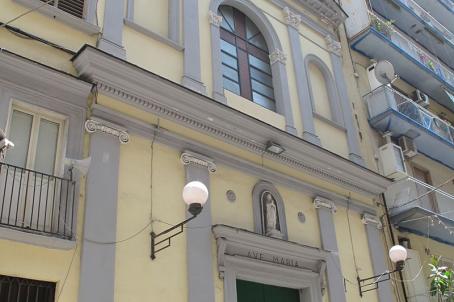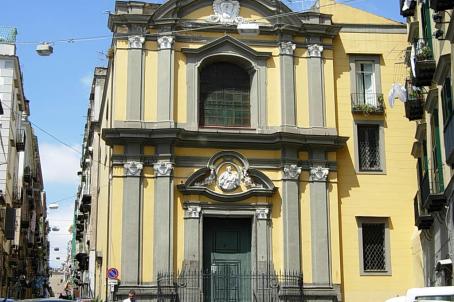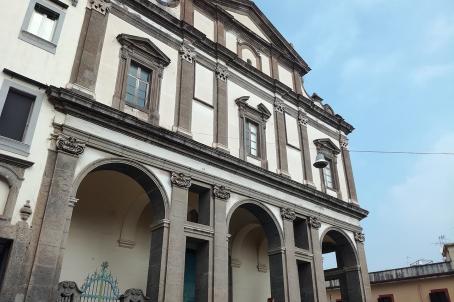Chiesa di Santa Maria della Verità

Santa Maria della Verità, or Sant'Agostino degli Scalzi, is a baroque church consecrated in 1653. Augustinian monks had the church rebuilt between 1604 and 1630 by the architect Giovan Giacomo di Conforto. The church was renovated after the earthquake of 1688 by Arcangelo Guglielmelli. Lorenzo Vaccaro (1655-1706) also carried out improvements, and in the mid-18th century Giuseppe Astarita had the floor covered with marble; a further restoration took place in 1850 under the direction of Costantino Pimpinelli. The church was severely damaged by the 1980 Irpinia earthquake and was closed for decades due to structural problems. It was also the victim of church robberies at that time, with the disappearance not only of holy water basins and religious utensils, but also of precious marble inlays from one of the altars. After decades and careful restoration, the church was reopened in 2008.





